
Do We Still Need College? Rethinking Education in a Skills-First World
Is college still worth it in today’s skills-first economy? With enrollment dropping and major companies removing degree requirements, families are rethinking the traditional path. Find out why employers now care more about real-world skills than diplomas, which high-paying careers no longer require a degree, and how hands-on learning, entrepreneurship, and critical thinking are becoming the new foundation for success. Featuring my personal journey from graduating a private design school with $80,000 in student debt to becoming the CEO and founder of Creative STEAM we’ll dive into what education should prepare students for and why skill-based learning is shaping the future.
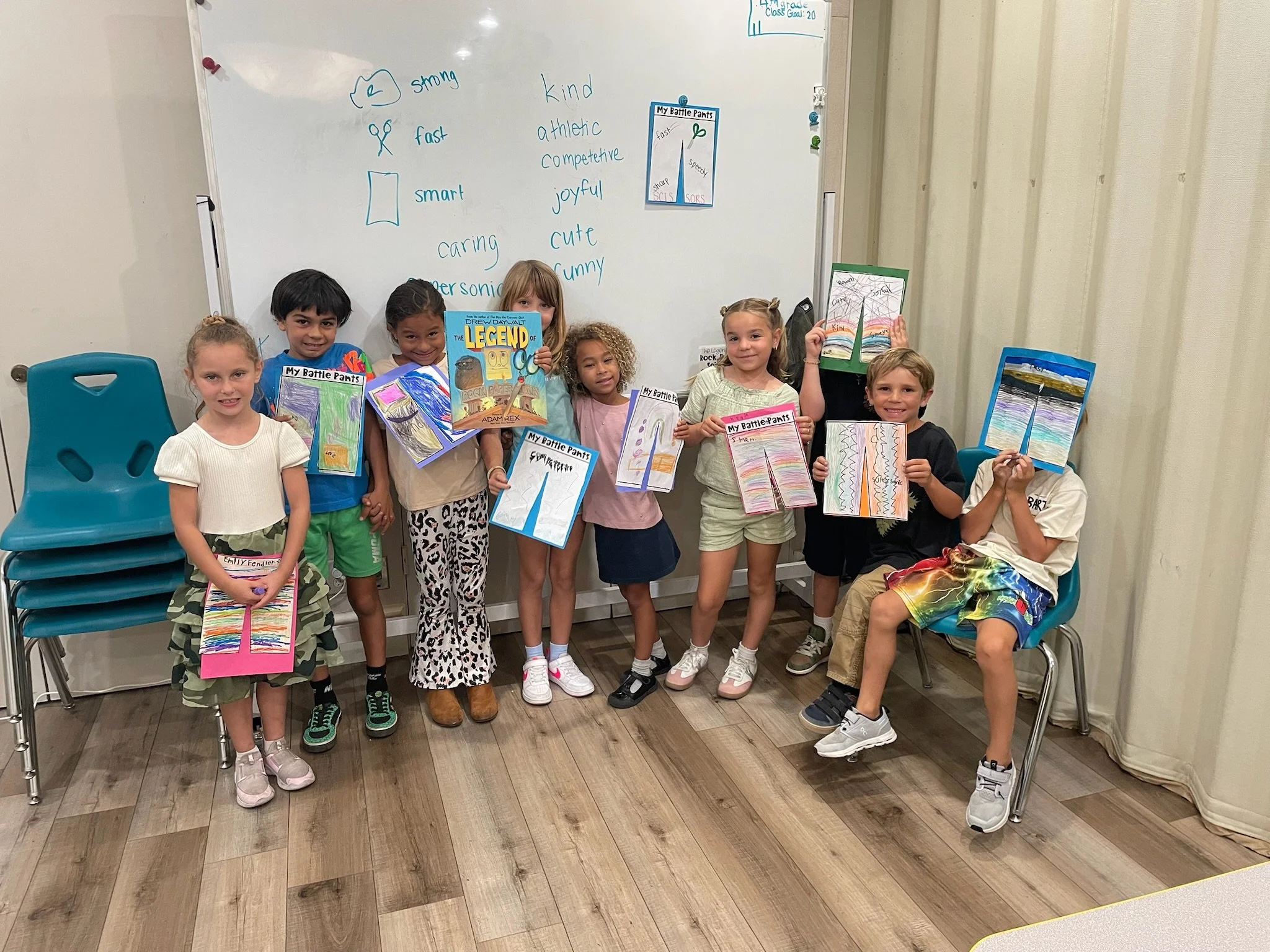
Montessori in a Modern World: How Creative STEAM Reimagines a 100-Year-Old Philosophy
Modern Montessori for modern kids: hands-on learning, real connection, and technology used with purpose not as a babysitter.
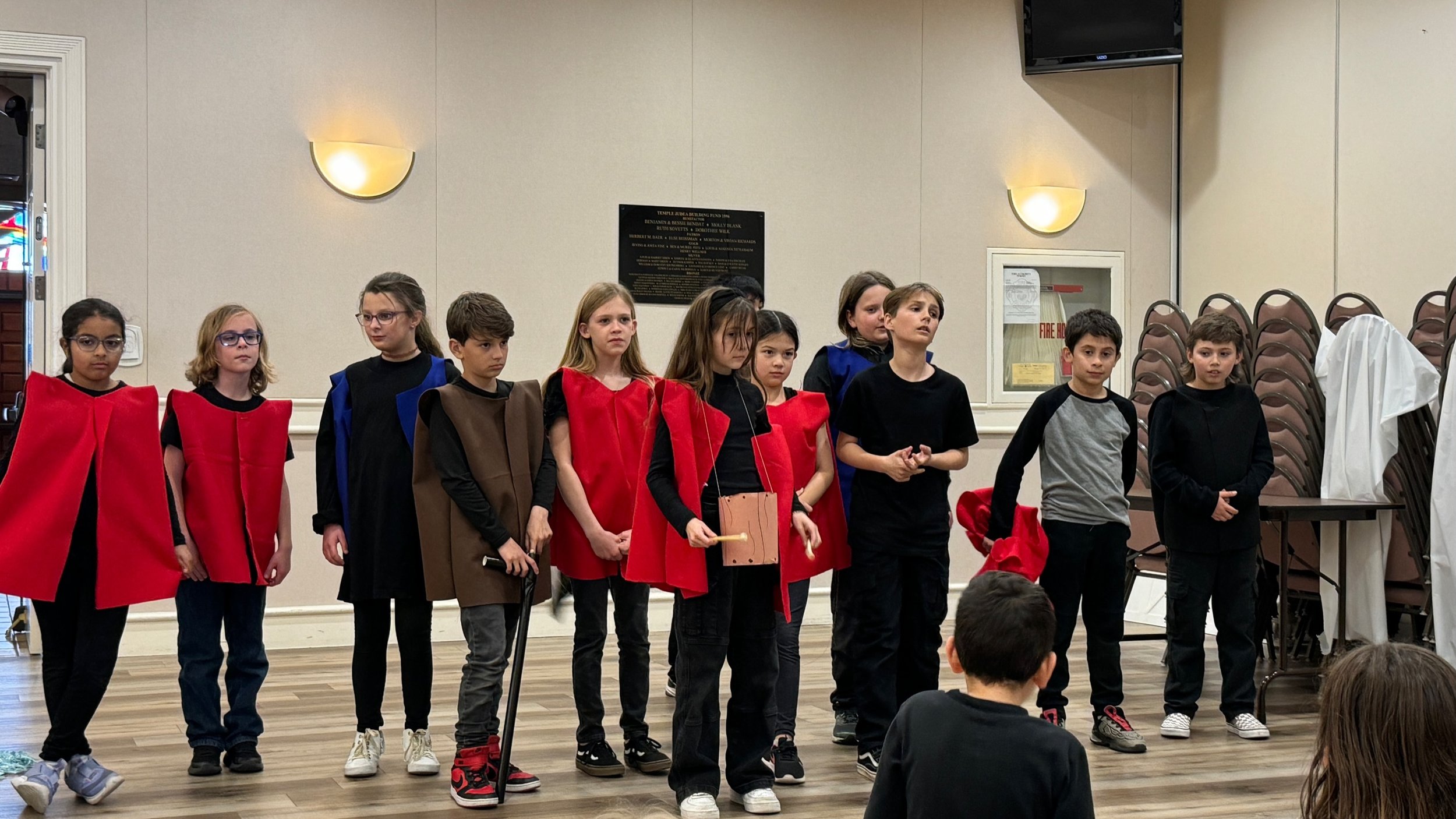
The Hidden Gaps in Public School and State Standards History Classes
History Isn’t One-Sided. So Why Are We Teaching It That Way?
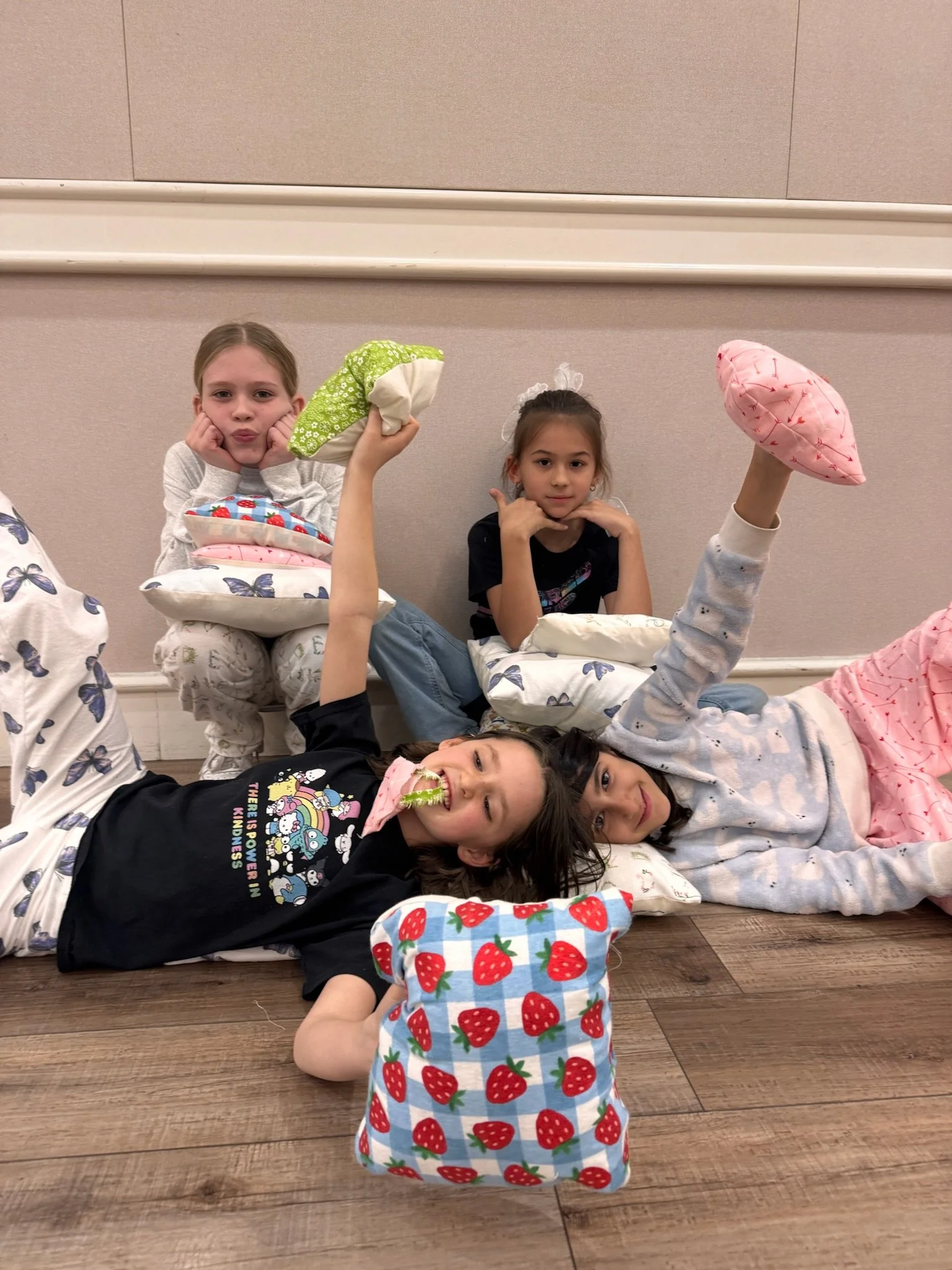
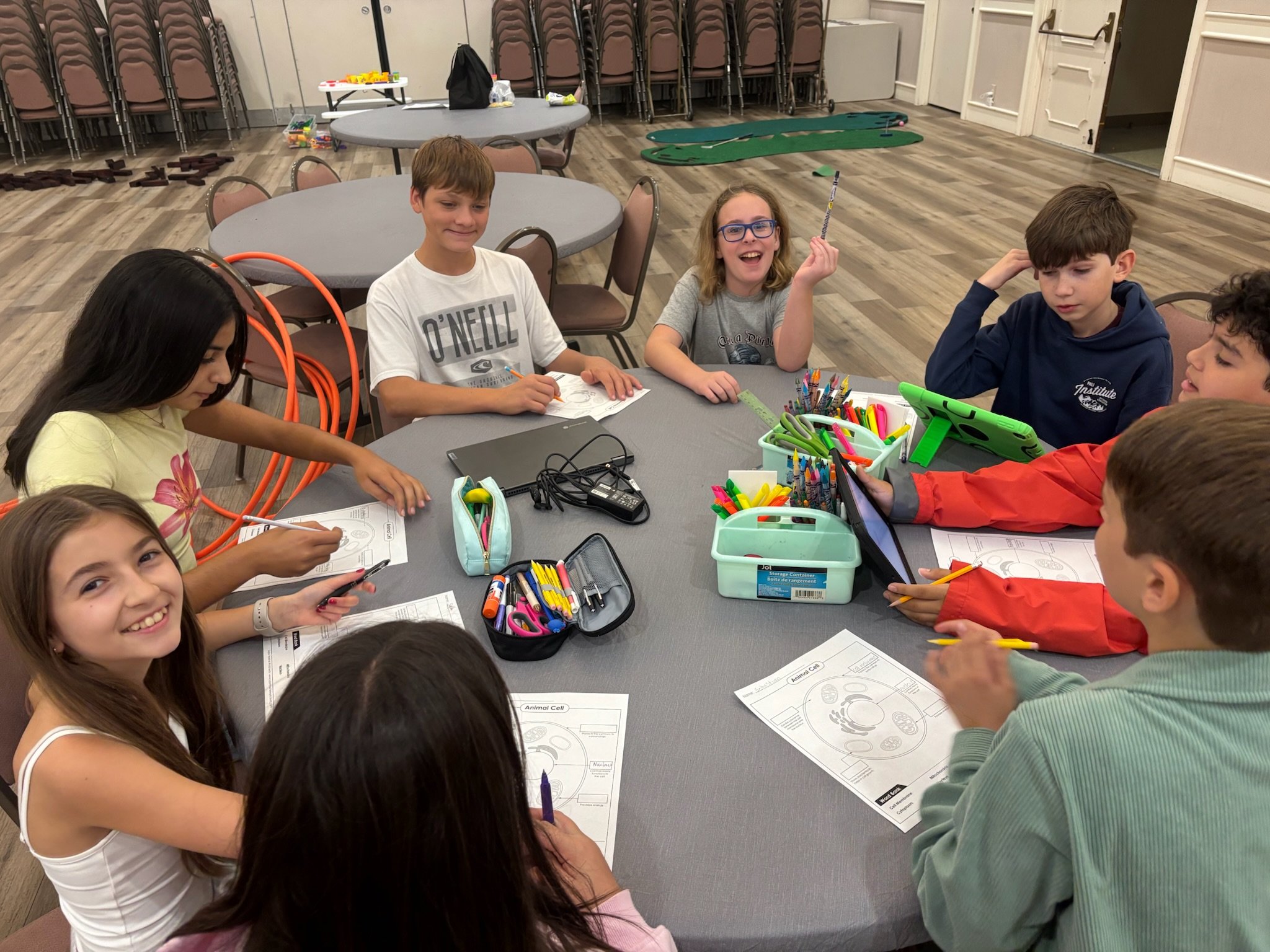
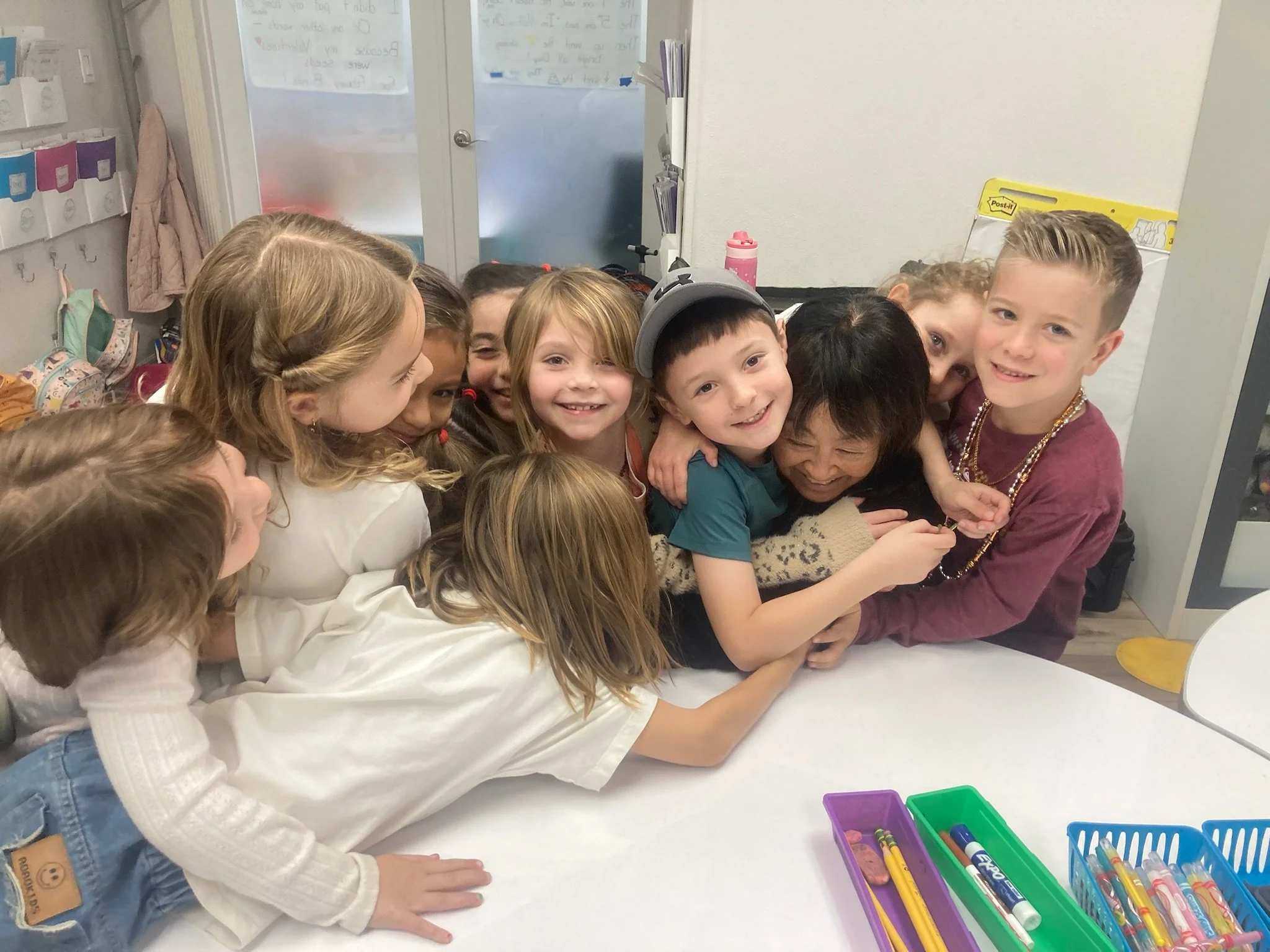

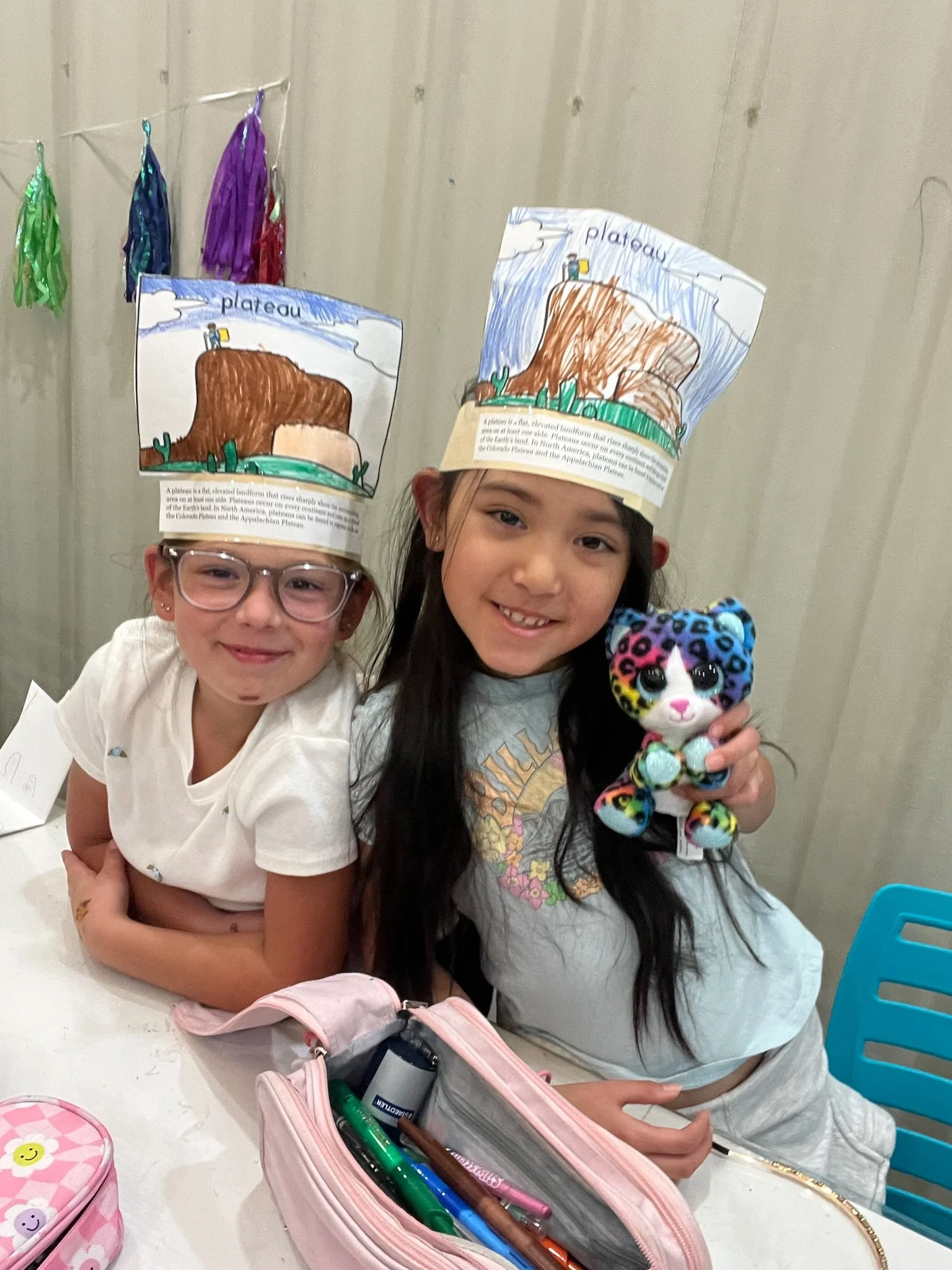
Parents Should Ask: What Kind of Adult Do You Want Your Child to Become?
“What kind of adult do I want my child to become?”
Do you want them to grow into a free, independent, capable thinker someone who is financially literate, entrepreneurial, creative, confident, patriotic, and grounded in strong values or do you want them to simply know how to take tests, fill out forms, and follow directions?

Rethinking Education: Why Homeschooling Builds Real-World Thinkers, Not Just College Applicants
One of the most limiting traditions in the public school system starts with an innocent-sounding question:
“What do you want to be when you grow up?”
Children usually answer with something they’ve heard before — firefighter, doctor, police officer, lawyer. But the truth is, public school already knows what they’ll actually become next: a college student.
Because for decades, the system has been built around one goal — preparing students for college, not for life.
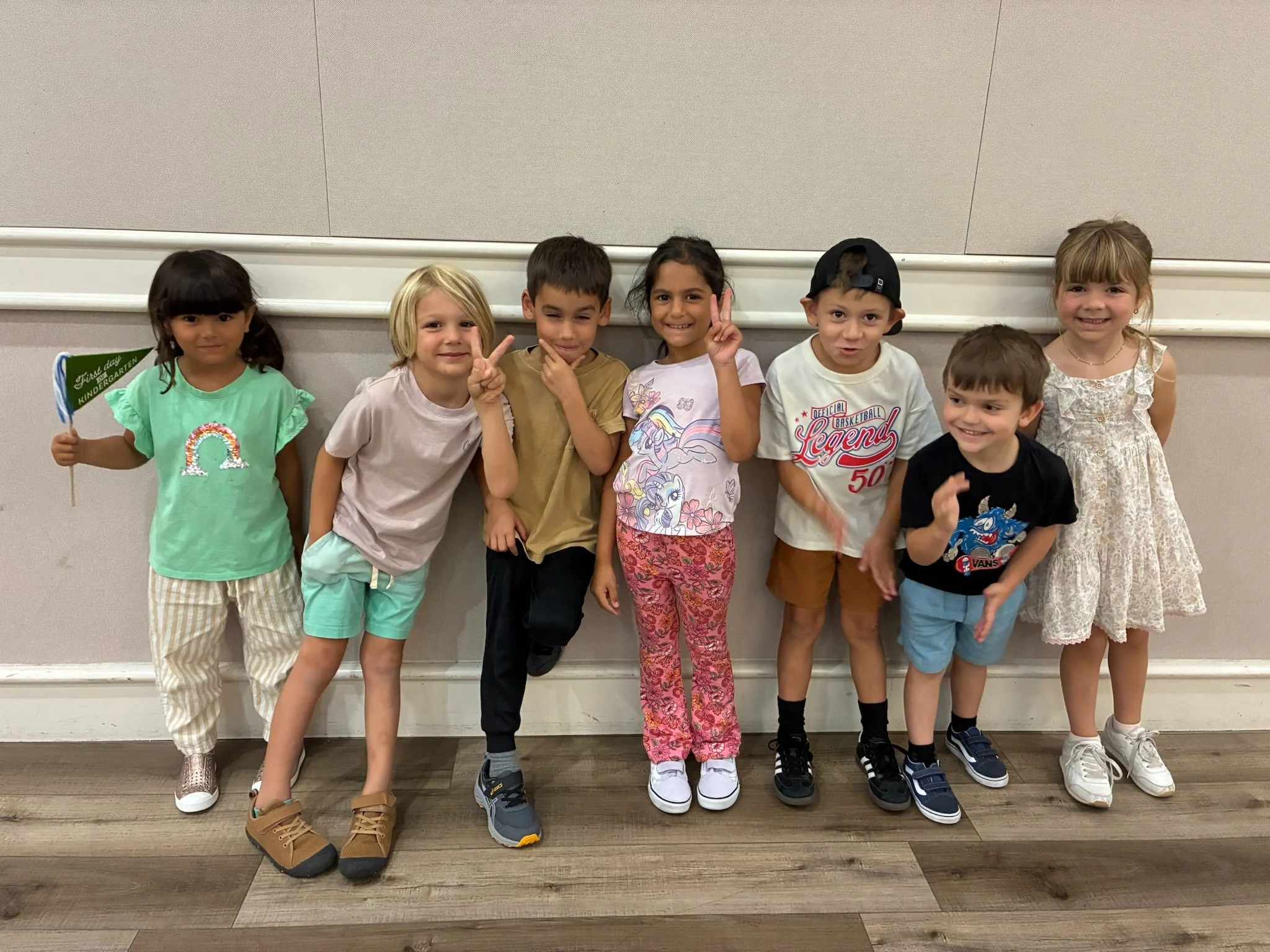

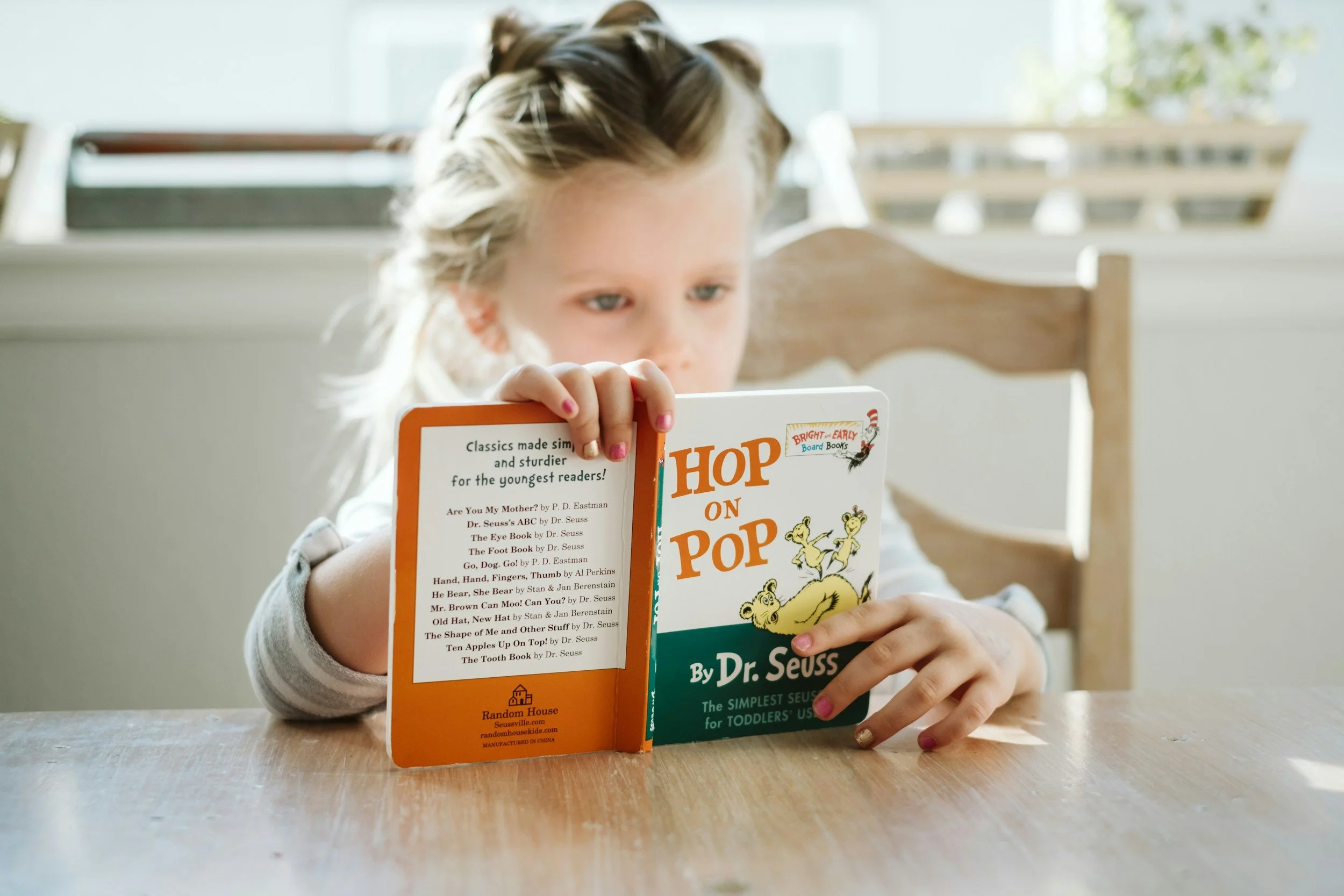
The Science of Reading in Action: How Secret Stories and UFLI Help Homeschoolers Succeed
Reading is one of the most important skills your child will ever learn and as homeschool parents, you want to make sure you’re using the most effective methods. In recent years, more and more schools and families have turned to the Science of Reading to guide literacy instruction. But what does that mean, and how do programs like Secret Stories and UFLI (University of Florida Literacy Institute) fit in?

Why Homeschooling Is Surging in California: What Parents Need to Know
Homeschooling in California is on the rise like never before. According to a recent Washington Post analysis, the number of homeschool students in the state increased by 78% between 2017 and 2023. What’s behind this dramatic growth, and what does it mean for families exploring educational options?

Why Parent Involvement Matters Most in a Child’s Education and Academic Success
When people talk about what helps children succeed in school, the conversation usually circles around the same ideas: great teachers, best schools, rigorous curriculum, the right school environment. All of those things are important, but research consistently points to something even more powerful.
The greatest influence on a child’s academic success is you, yes you the parent.
That might feel surprising, but decades of studies confirm it: kids thrive when their parents are engaged in their learning journey. You are the biggest factor in whether your child thrives, no matter what school they attend or what program they’re part of.

Is Your Child Overwhelmed in a Traditional Classroom? Discover the Benefits of Hybrid Homeschooling Through a Learning Center
If your child is coming home from school exhausted, frustrated, or anxious, you’re not alone. Many parents see the signs: heavy homework loads, crowded classrooms, and endless transitions that leave kids drained instead of inspired.
Traditional brick-and-mortar schools can work well for some students, but for others, the rigid schedule, one-size-fits-all pace, and lack of individualized attention can quickly become overwhelming.
That’s where hybrid homeschooling through a learning center comes in an option that blends the best parts of home education with the structure and community of a school-like environment.
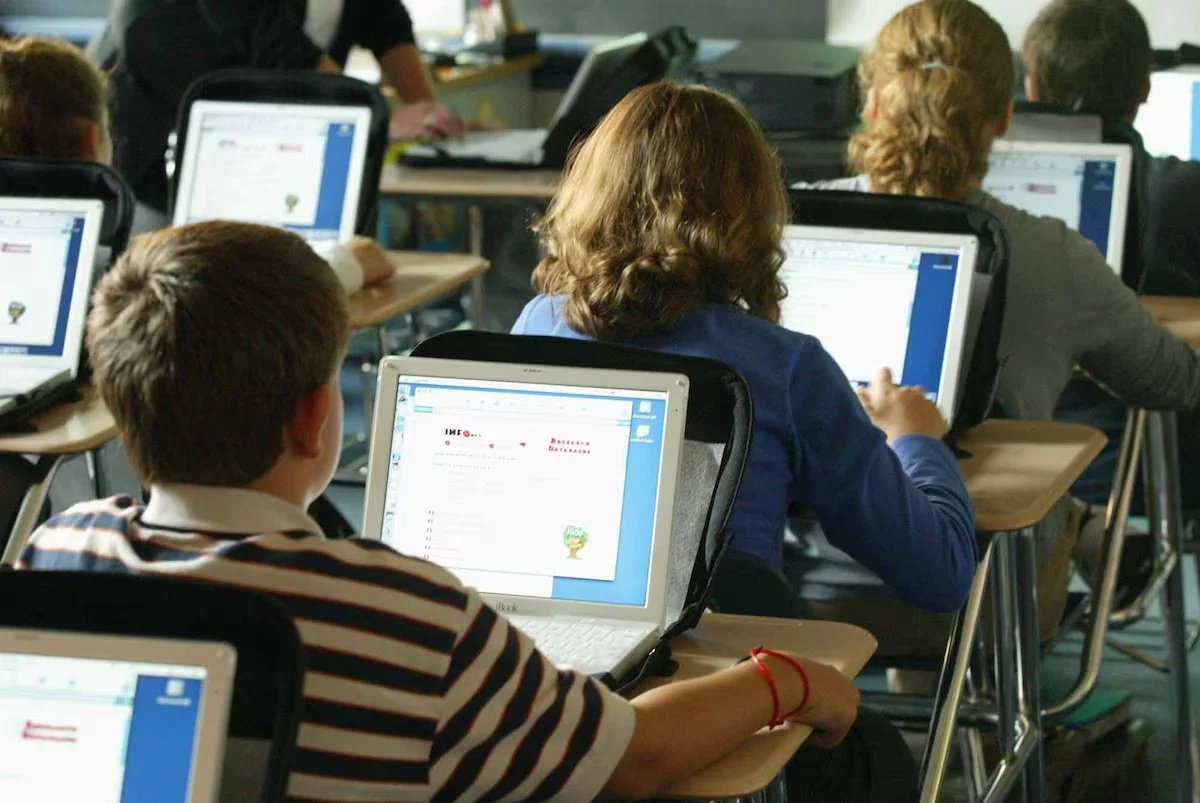
Screen-Free Learning in the Classroom: Why Balance Matters for TK–8 Students
In today’s digital world, screens are everywhere phones, tablets, laptops, and now even classroom-issued Chromebooks and iPads. While technology can be a powerful tool for education, research shows that young learners thrive when they first build foundational skills without relying on screens.
At Creative STEAM Academy, we believe in the importance of screen-free learning for TK–8 students while also preparing them to use modern technology responsibly. It’s all about balance in developing critical thinking, writing, and problem-solving skills first, and then using technology as a tool, not a crutch.
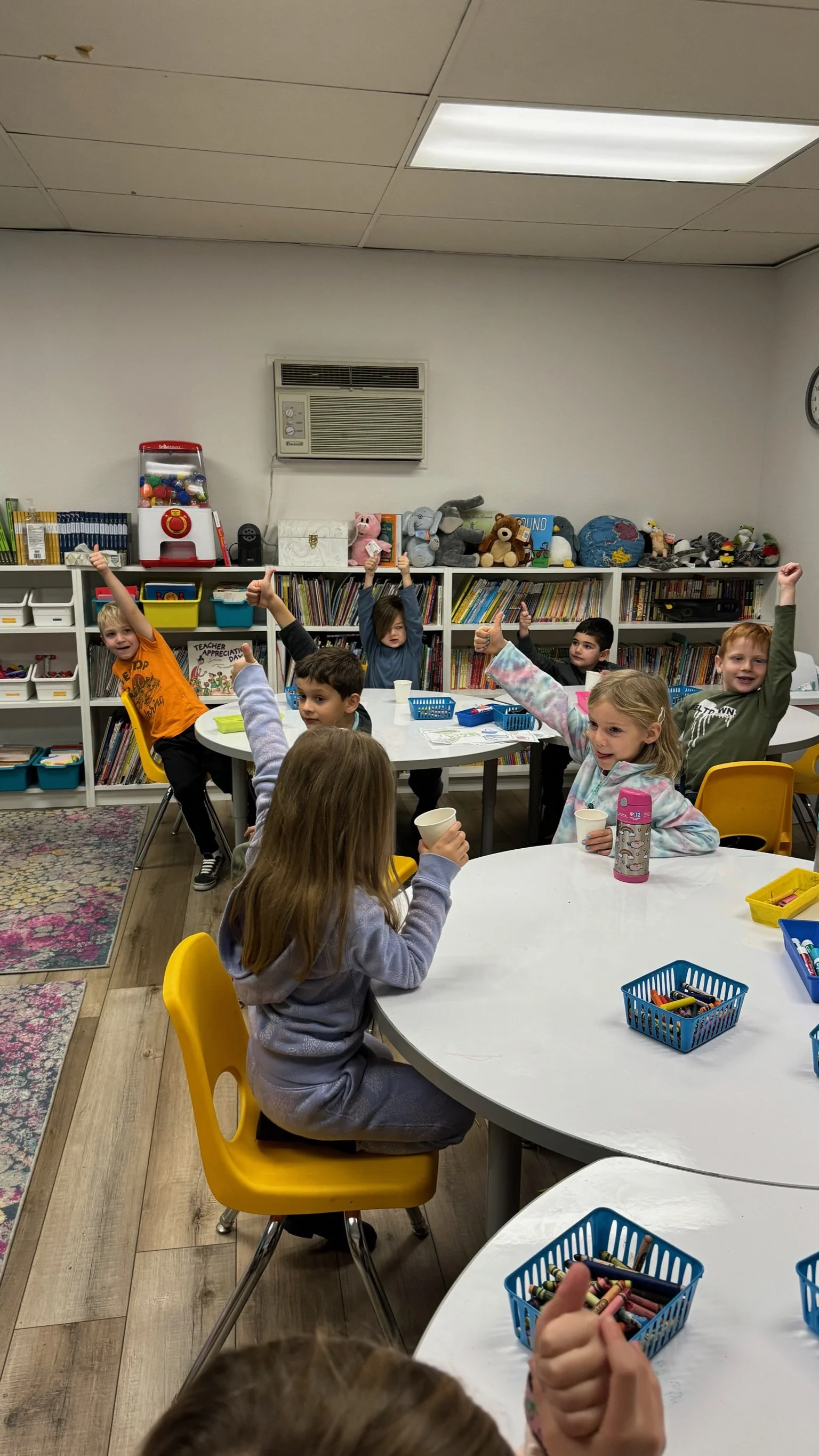
The Benefits of Small Class Sizes for Students
When parents think about the kind of learning environment they want for their children, one of the first questions that comes up is class size. We’ve all heard it before students thrive in small classes. But why is that? And what makes a small, connected classroom different from the traditional model most of us grew up with?
At Creative STEAM Academy in Orange County, we’ve seen firsthand how small class sizes transform the educational experience for homeschool students. Here’s why it matters and how it helps children thrive.

The Importance of Life Skill Applications in Education: Preparing Students for the Real World
In today’s fast changing world, education is about so much more than textbooks and tests. Parents and educators are asking an important question: Are students learning the skills they need for real life?
That’s where life skill applications come in. From financial literacy to collaboration and problem-solving, life-applicable learning ensures that students aren’t just memorizing facts they’re building the tools they’ll use every day in college, careers, and beyond.
At Creative STEAM Academy, life skill applications are built into every program. Here’s why they matter, and how they prepare students for success in the 21st century.
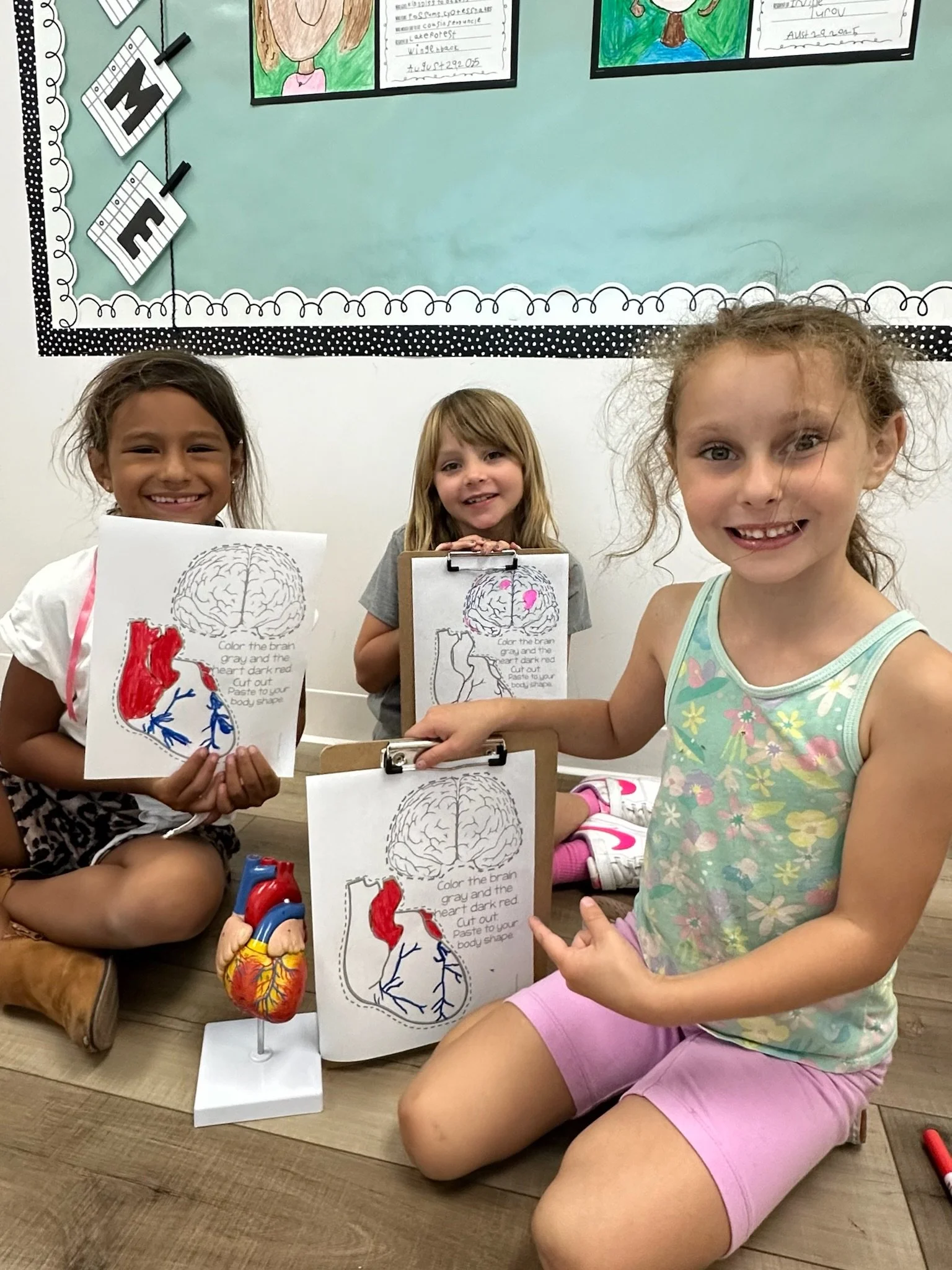
Ditch the Homework, Keep the Learning: What Research Says About Elementary Success
🎒 When Less Homework Means More Learning
Don’t stress about your child’s homework. Really.
In elementary school, homework has almost zero impact on grades or long-term learning. Yet, many kids spend over 100 hours a year doing it.

Socialization for Homeschool Kids: Busting the Myths
When parents first consider homeschooling, one of the most common concerns they hear often from well-meaning friends and relatives is: “But what about socialization?”
It’s a persistent myth that homeschoolers spend their days isolated, missing out on friendships, teamwork, and real-world social skills. The truth is that homeschooling in today’s world especially when supported by learning centers, co-ops, and enrichment programs often give students more opportunities for meaningful social connections than a traditional classroom. Let’s bust some of the biggest myths about homeschool socialization.

